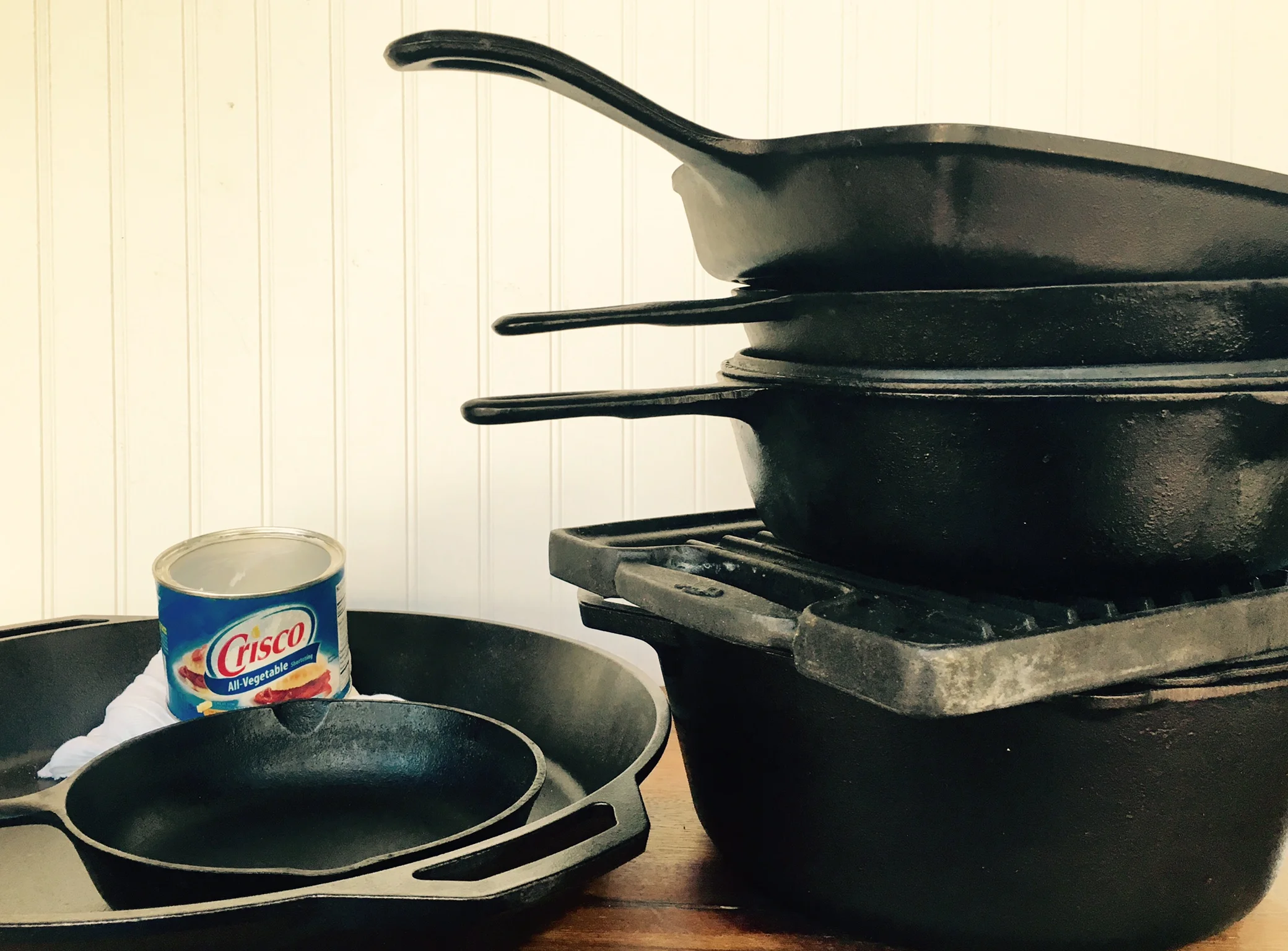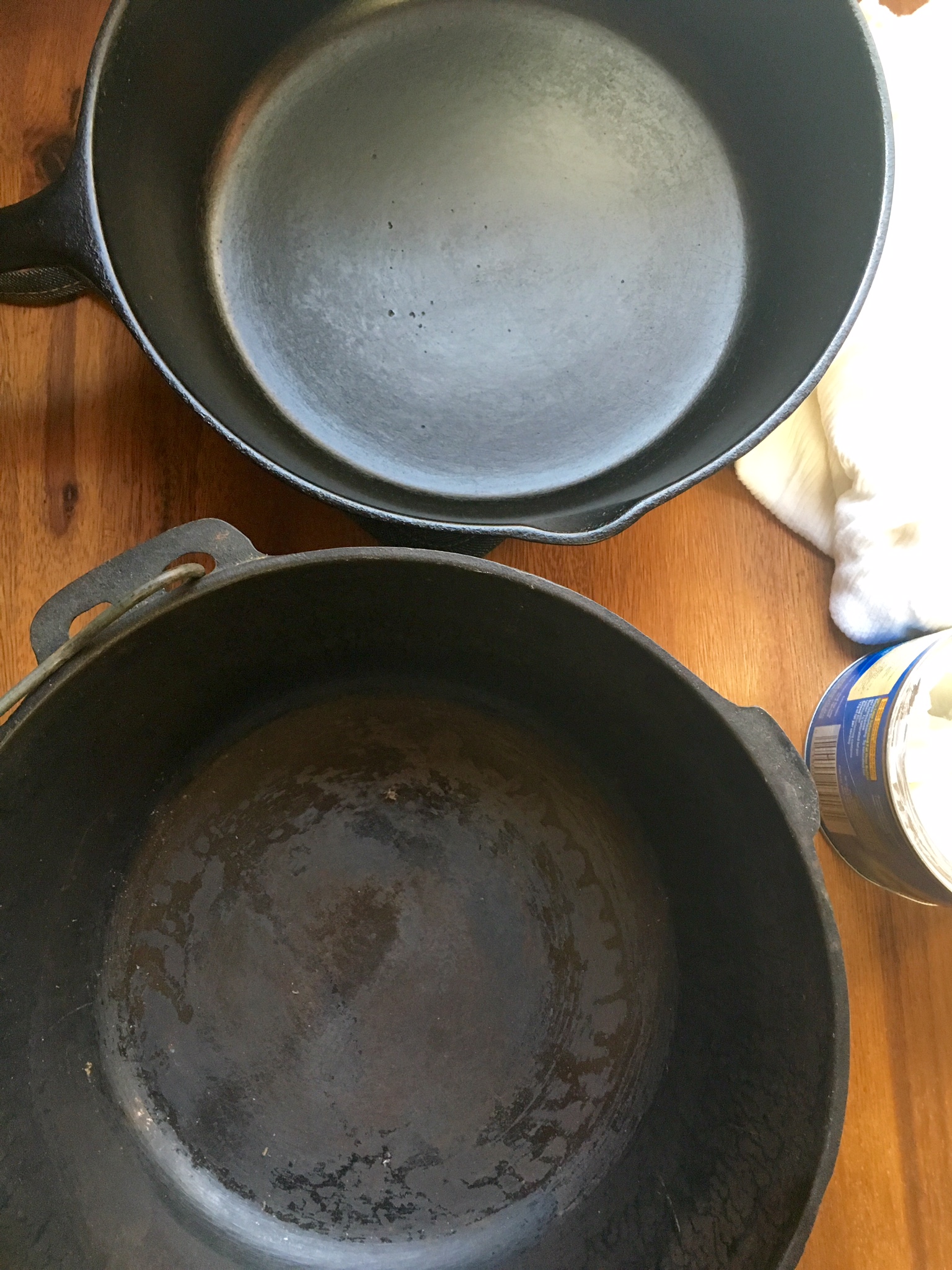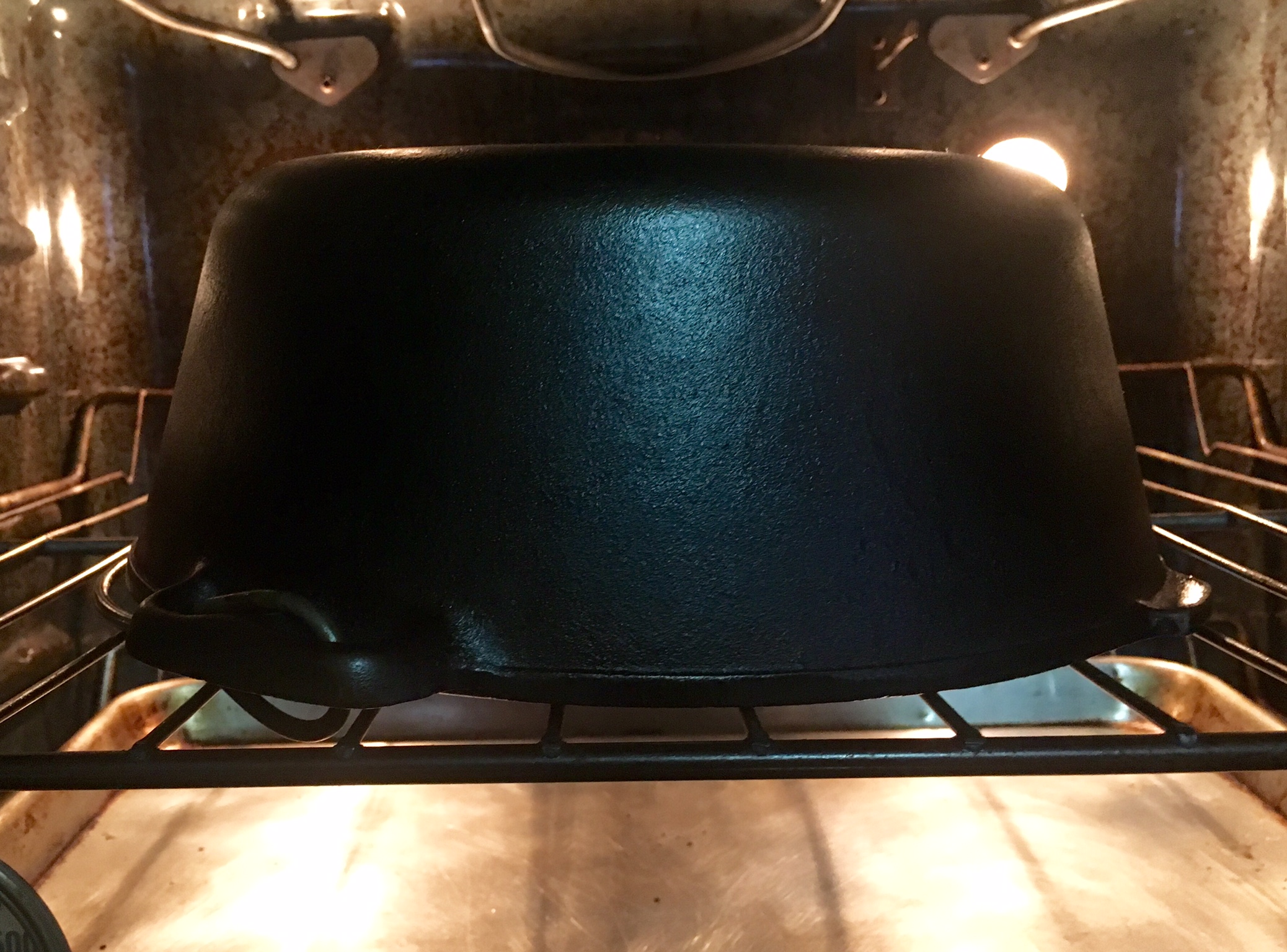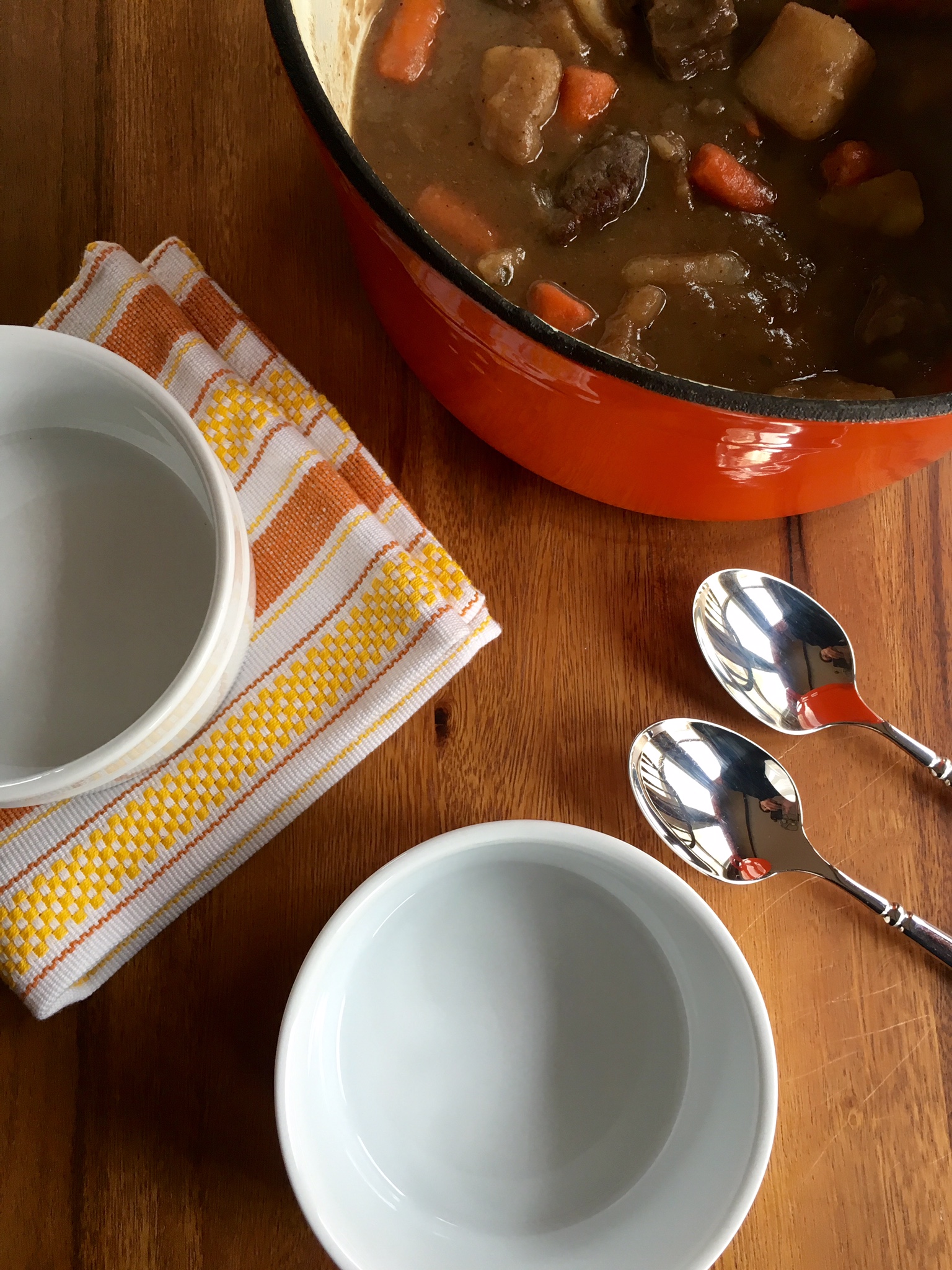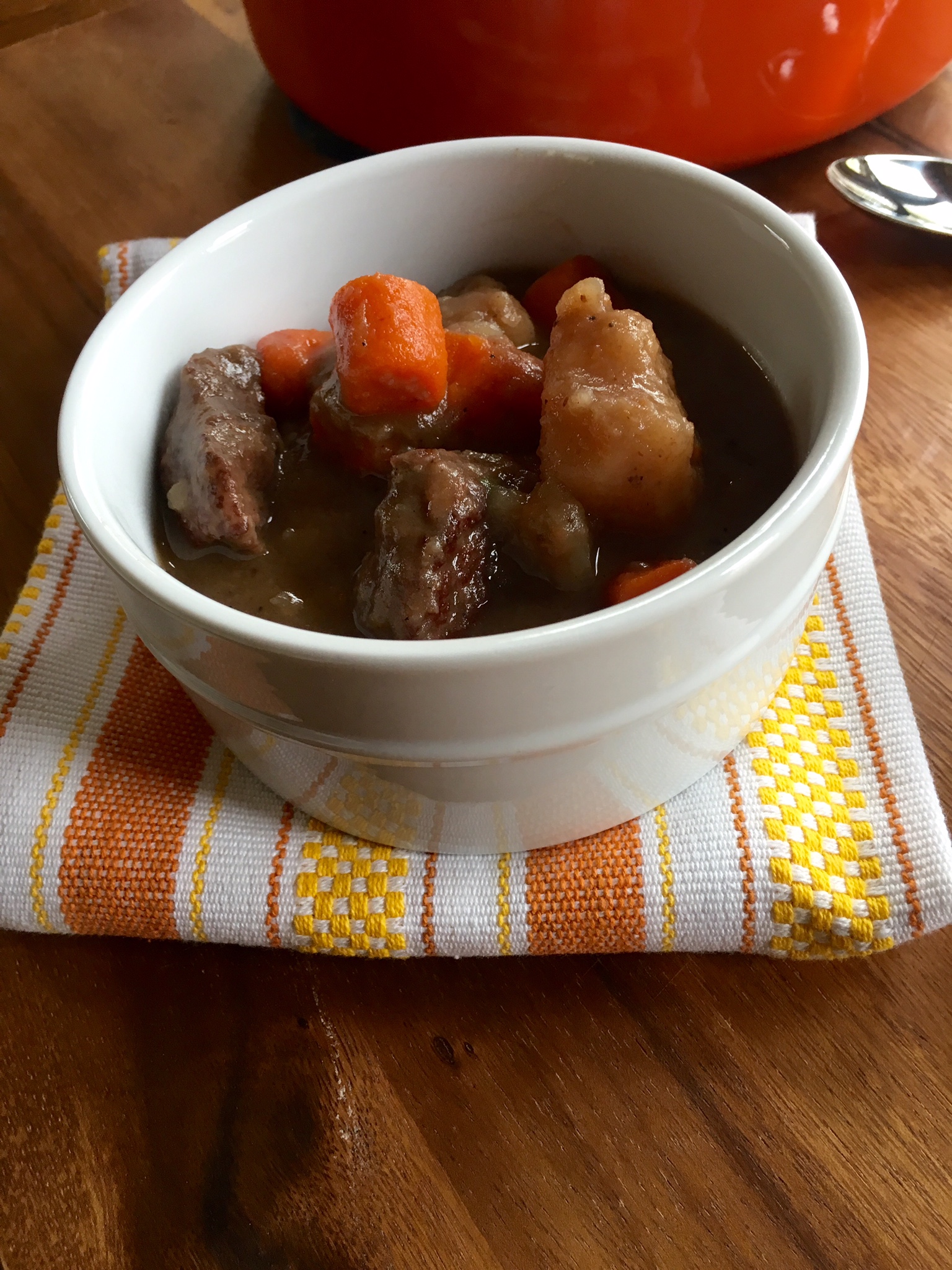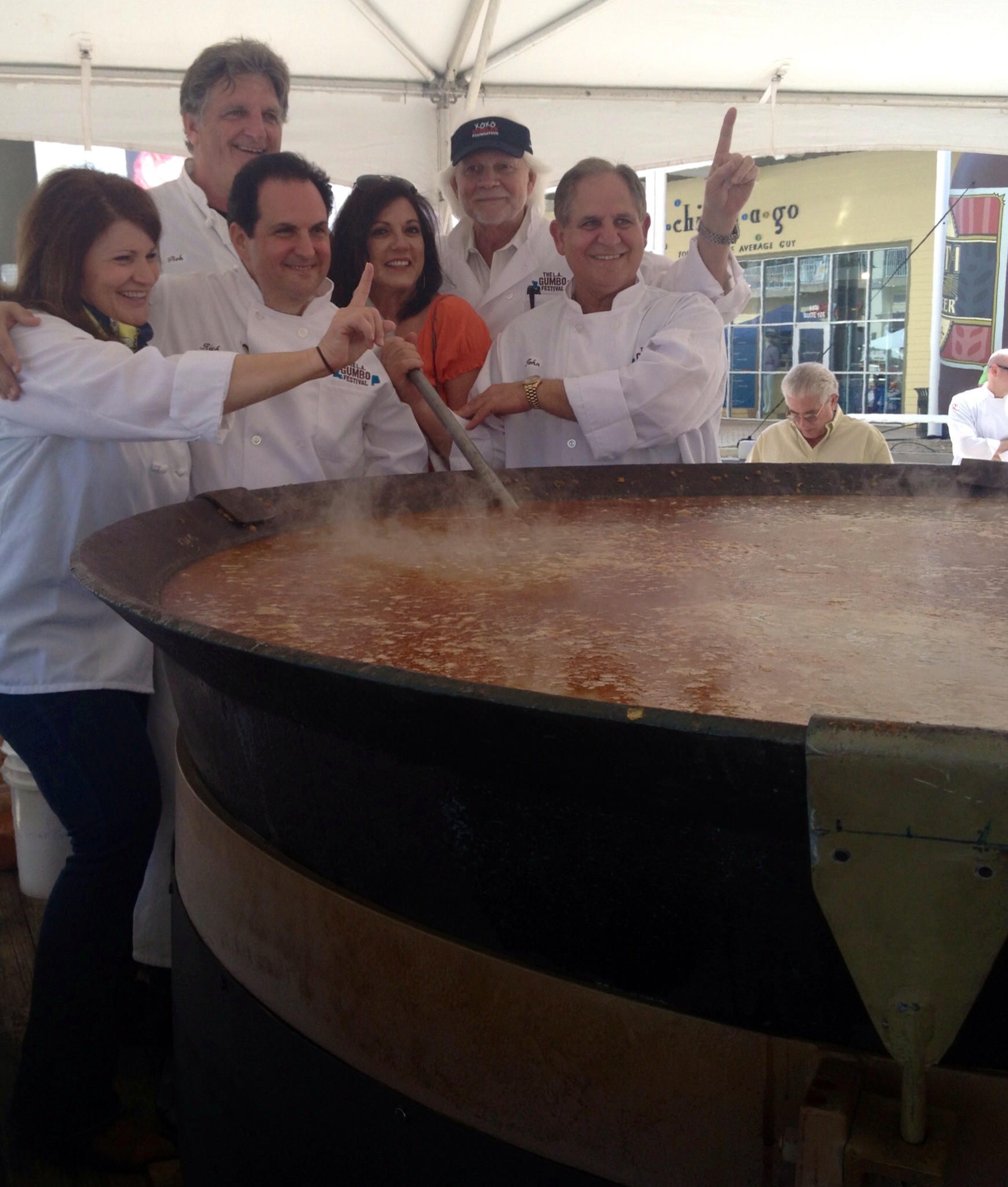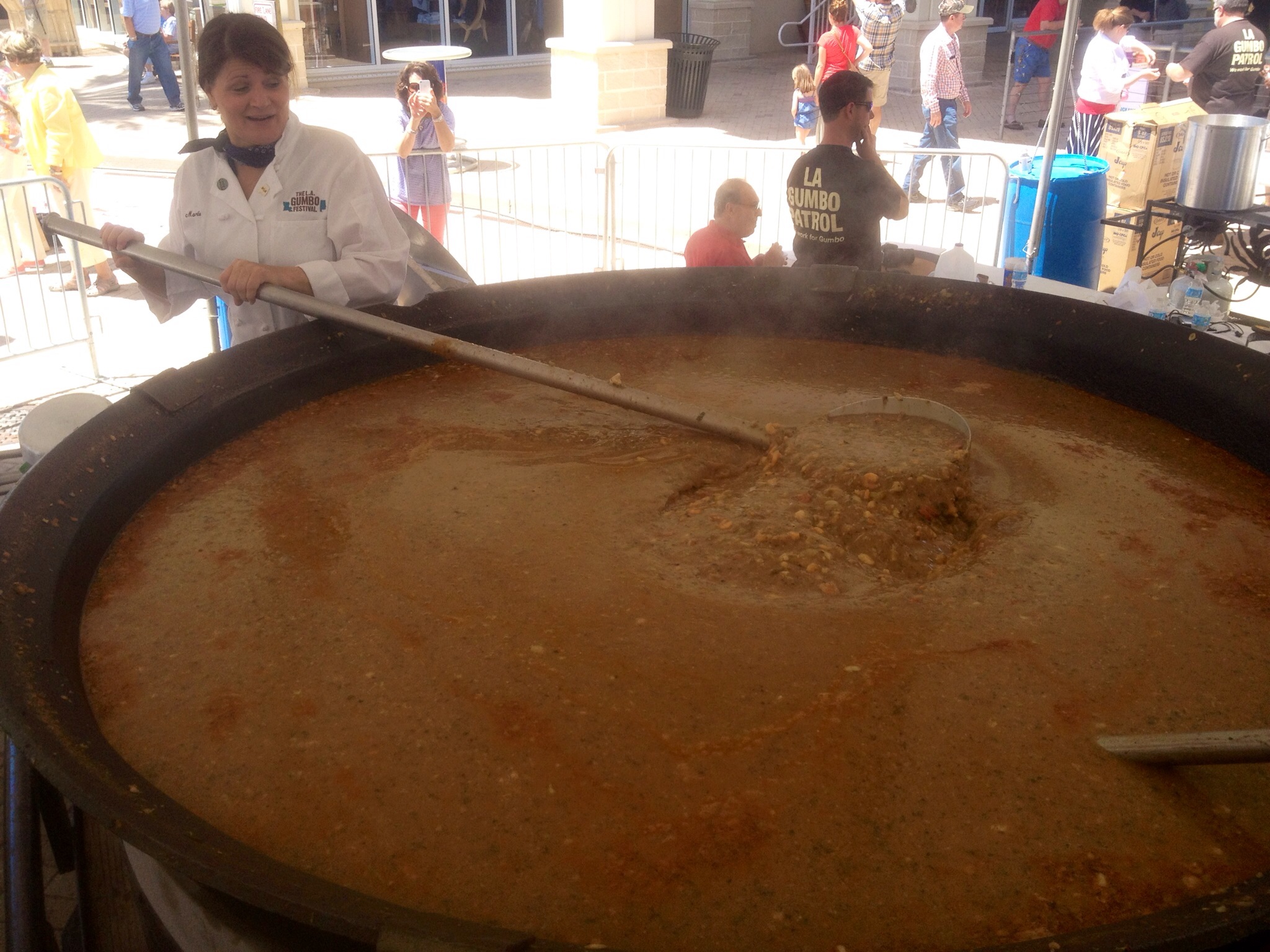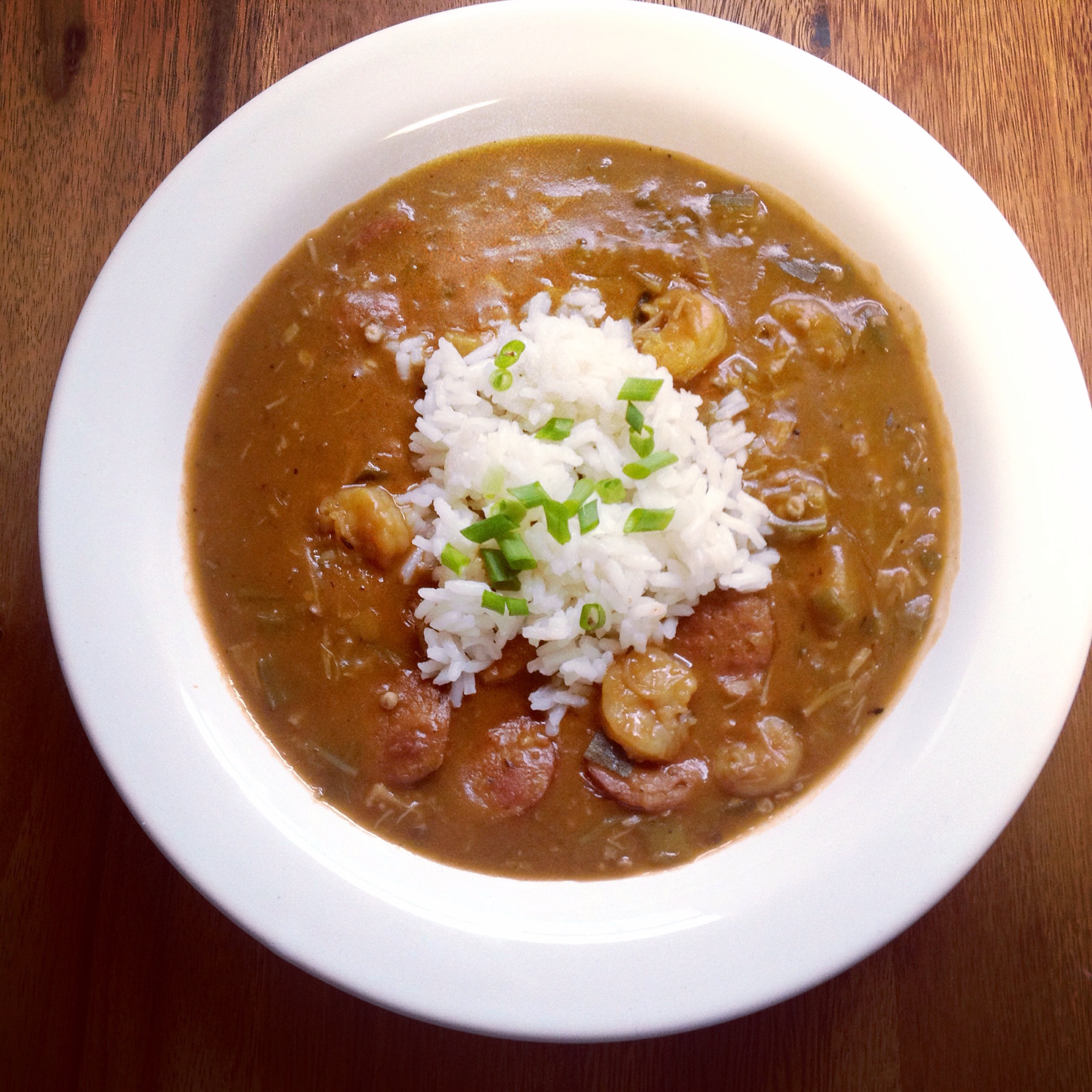HOW TO CLEAN AND PRESERVE YOUR CAST IRON
I am so fortunate to be in possession of some of my mother’s cast iron skillets, probably the most precious thing I own besides the tiny diamond engagement ring my father gave her when they married. I remember as a kid, on Sundays after church, standing on the wobbly kitchen stool beside the stove, hovering over that big cast iron Dutch oven, just waiting for my mom to signal for me to turn the fried chicken. The menu rarely changed: fried chicken, rice, gravy, biscuits, and English peas or string beans.
My collection has grown over the years… and because I have so much, I don’t use all of it like I should. That is the key to keeping your cast iron in perfect condition, my mom taught me.
Every winter, I find an afternoon to go through my collection of cast iron. I wash, dry, and oil it well, re-seasoning the pieces that need it. I’ve been asked many times how I do it---here’s the way I was taught (and a few tips from Lodge and Southern Living, too). Hope this helps you keep your treasured heirloom cast iron pieces in perfect condition to hand down to your own kids someday.
CLEANING CAST IRON
Always hand wash your cast iron with a very mild soap with a sponge or cloth. Never use harsh soap, a metal scrubber or rough scouring pad on cast iron unless you intend to re-season it.
If there is baked on food residue, place the warm pan under running water and use a plastic spatula to gently push the residue from the surface.
Dry immediately.
Apply a very light coat of vegetable oil (I use Crisco shortening). Wipe it onto the pan, making sure to get into the corners or curves of the pan.
Wipe the excess away using a lint-free cloth or towel. Paper towels leave a residue. You want a light coating of oil, not a sticky surface. The oil helps protect the pan from moisture.
WHAT TO DO WHEN YOU FIND RUST OR DISCOLORATION
Use a scouring pad to scour the rust from the pan.
Follow steps 1-3 above.
If the situation doesn’t improve, re-season the pan to restore it to its original condition.
RE-SEASONING CAST IRON
If food begins to stick to the surface of your cast iron or if you see a discoloration as shown on the image above on the cooking surface, you will need to re-season the piece. You may have to do this more than once to achieve a glossy, smooth black surface.
Preheat your oven to 400°F.
Clean the surface of the pan or piece with hot water and a stiff wire brush.
Rinse and dry completely using a lint-free cloth.
Add a thin coat of melted Crisco shortening (use a solid shortening only) to all of the inside and outside surfaces of the piece. Too much shortening will result in a sticky surface.
Place a sheet pan or piece of aluminum foil on the bottom rack of your oven.
Invert the pan and put it directly onto the top rack.
Bake for one hour and then turn the pan over. Turn the oven off and allow the oven and pan to cool completely before you remove it.
Repeat as necessary.

